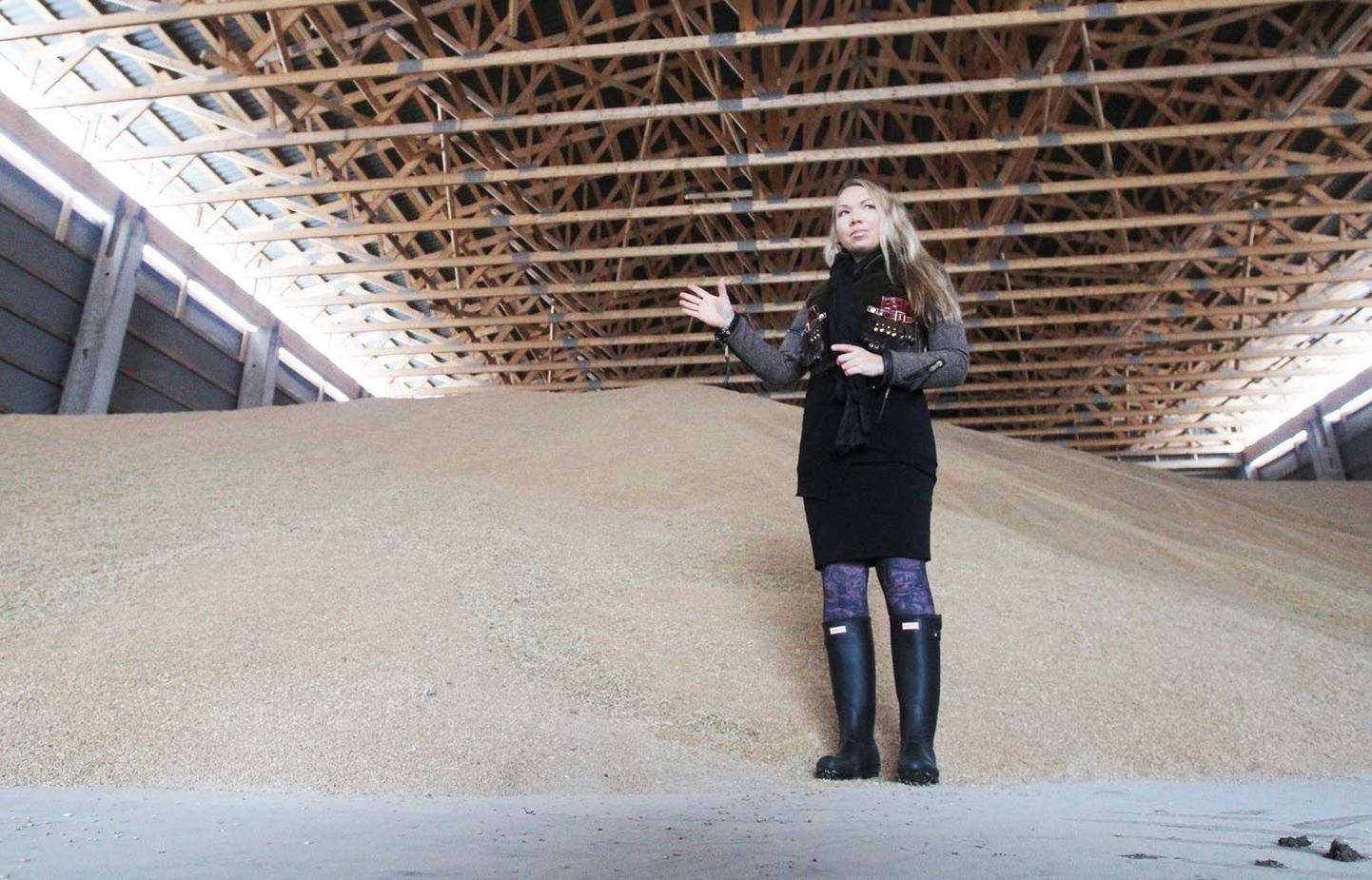
If the weather stays fine, an excellent harvest is in store this year - equaling increased exports.

If the weather stays fine, an excellent harvest is in store this year - equaling increased exports.
Last year’s grain exports were 19 percent bigger than the year before while the €89.4m earned therewith amounted to 0.4 percent less. The reason? A super abundant harvest.
This year, exports may increase even further. «This year, for the first time we have a situation where over half of Estonia’s produce goes for export,» said Indrek Aigro, cereals trader at Copenhagen Merchants. This is caused by abundant harvest and decreased domestic consumption.
Last year’s largest export market was Saudi Arabia, which receives our barley. Germany came second, trailed by Kenya with 17 percent of the cereals received. This year’s destinations aren’t clear year, as the goods are not shipped. Mr Aigro says the countries of destination will probably be the same. Perhaps, North Africa’s share will be up somewhat. «They buy the lower quality wheat,» explained the broker.
According to Mr Aigro, cereals are very liquid. «Grains can be sold any time,» he said. «By now, 25–40 percent of the harvest is sold,» he said.
The Muuga Harbour cereals terminal features a line of lorries taking cereals to AS Baltic Agro. Though the managing director Ants Puusta is hoping for a bumper crop, he has not done the math yet. «All there is available on the market,» he said, regarding the volumes to be purchased.
As Mr Aigro is expecting record crop, the profits look to be record-breaking – with many of the grains, the tonne price is about the same as in 2014.
For producers, the grain prices may fluctuate depending of the moment it is fixed. Meelis Annus, chairman for farmers cooperative Kevili is expecting an excellent harvest, but it could be spoiled by a storm or prolonged rain. The price received may not be as good as it could be. «We fixed the price in the spring, but there was a rise in the summer,» he said.
Tartu Agro chief Aavo Mölder said the volume looks to be good if the nature withholds her tricks. «But there is no quality, no protein,» admitted Mr Mölder. The amount of protein depends on fertilisation and the quality of seed. Even so, the overall quality cannot be assessed as the grains are not yet harvested.
Mr Mölder said that Tartu Agro is selling food grain to Tartu Mill, and the lower quality spells lower price. Meanwhile, the volumes of food grain will be up for Tartu Agro – the company is liquidating its pig herd of 5,500. By now, they have 1,400 left. The decision is not directly linked to the African – Mr Mölder said that their company, active in various fields of agriculture, has been subsidising its pig farming for two years. According to him, Tartu Agro is unable to compete with the others. While winding down pig raising, they are selling more than 2.5 times more of the former amount of 1,000 tonnes of grain for food.
«For the Estonian cereals market, the swine fever impact will probably be very brief. Perhaps there will be those who quit, but the larger farms will continue activities fast and the fodder market will be restored,» said Kadiliina Kuusik, development head at fodder components marketer AS Agritrading Company.
As for the effect of the poor state of animal farming upon Agritrading, for years they have been cautious when selling fodder to animal farmers, requiring sure deals from farmers. «With some farms, we rather have no cooperation,» she noted.
Mainly, they are exporting into close neighbours like Latvia, Lithuania, Finland and Poland. Organic produce goes to Holland and Germany. An increasing share of grain is turned into biofuel. As noted by Ms Kuusik: while Estonia has an excellent crop this year, it’s different in Finland. Due to late sowing, the Finns are in great risk of quality.
Dry ingredient producer Veski Mati is hopeful this year. Purchasing manager Kersti Rannamäe said that while last year yielded good volumes, the quality was not too good. This year, they are intending to store the much-needed quality materials: barley, rye, and wheat.
The good crops may not mean a victory for the consumer. As explained by Ms Rannamäe, the price of the grain bought in the fall is but a small share of the end product price – the bulk of it made up of processing, logistics and packaging. «Sure, the slightly lower raw material price may result in more sales campaigns, but there will be no significant price drop,» said the Veski Mati purchasing manager.
----------------------------
Price level lower year-on-year
July showed lowest foodstuff price indexes in six years according to UN’s food and agriculture organisation FAO. The cereals price index stood at an average of 166.5 points – a 10.1 percent drop from last year.
For the second month running, the index was supported by wheat and maize while rice price fell.
FAO forecasts this year’s cereals production to be five percent above the past five years’ average. Considering the good start of this year, the supplies should be down by three percent. PM